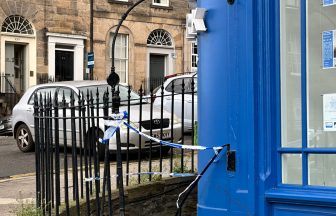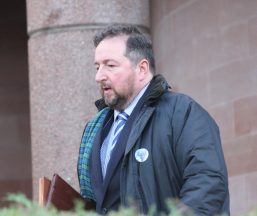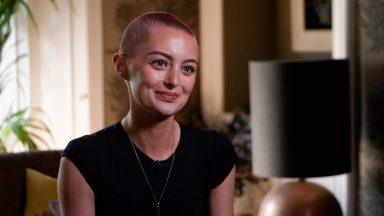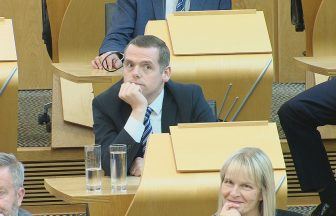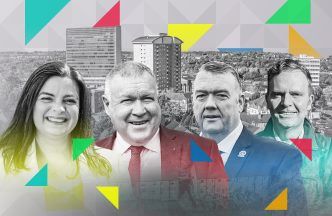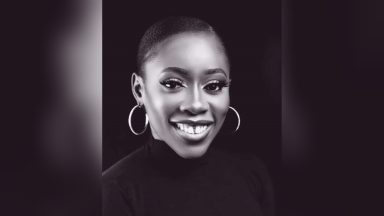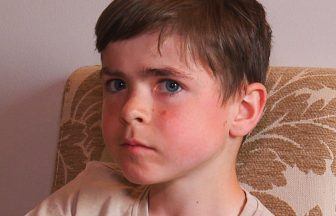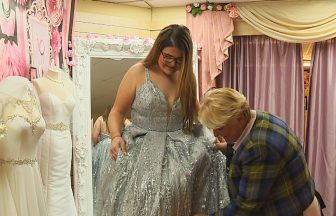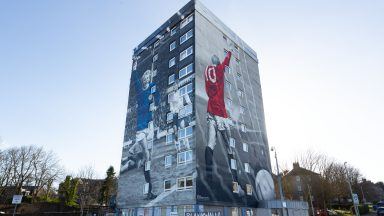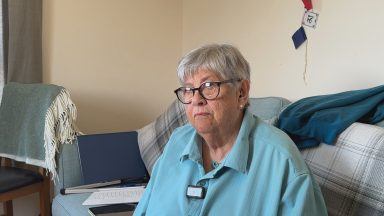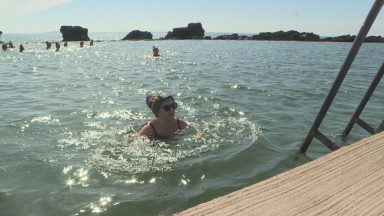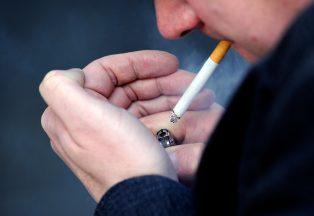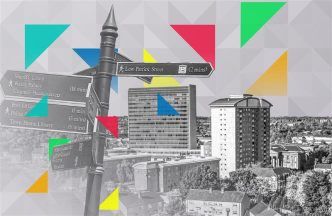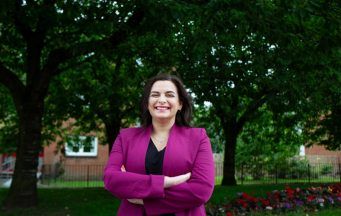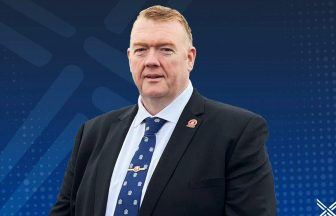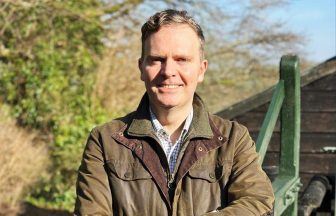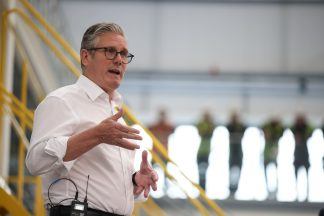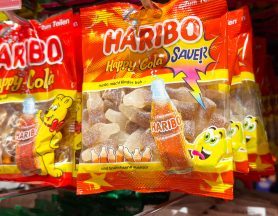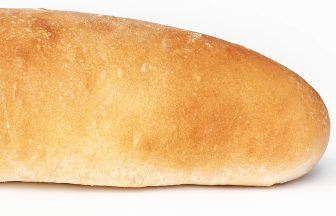Additional reporting by Emma Maxwell
At this point, it’s become a truism that social media is the new battleground where elections are fought – and, arguably, won or lost.
Actually, it’s not even that new anymore.
There are debates about the extent to which stuff on social media “cuts through” with the general public, but there’s no doubt that it does.
Just ask the parties, who have spent in some cases hundreds of thousands of pounds in recent weeks on Facebook and Instagram adverts (Twitter, of course, having banned political advertising before the election campaign started).
The ease and relative cheapness with which parties can carry out incredibly granular micro-targeting of voters to ram home specific and tailored messages is a key part of the attraction.
The fact, as well, that online political advertising is like the Wild West – there is virtually no regulation, although Facebook has recently tried to bring in more checks.
Legislation simply hasn’t caught up yet, with the Coalition for Reform in Political Advertising saying this has been a “fake news and disinformation general election”, especially in the digital sphere.
But looking past that debate, the key parties and political leaders in this election in Scotland are as active on social media as they have ever been.
Using the tools the digital age provides, politicians north of the border – as in the rest of the UK – use social platforms to amplify their messages, project a bit of their personalities and show how busy they are on the campaign trail.
Regarding TV and radio coverage, parties often discuss internally how they are doing in the “air war” during elections.
But how have they got on in Scotland in the virtual air war? STV News analysed their use of Facebook, Twitter and Instagram.
SNP
The SNP are by far the biggest party in Scotland on social media.
In fact, that doesn’t really do the scale of the disparity justice.
The party’s following on Facebook alone is twice as large as the followings of Scottish Labour, the Scottish Conservatives and the Scottish Lib Dems combined across all three platforms.
It’s not a completely fair comparison. There is only one SNP, while the other three Scottish parties are part of larger UK outfits.
But since the 2014 independence referendum, when the modern independence movement grew arms and legs on social media, the nationalists have dominated this sphere.
Key facts
Facebook followers: 293k
Twitter followers: 248k
Instagram followers: 28.7k
Nicola Sturgeon
The leader has an even larger following than her party, with around 350,000 Facebook followers and more than 1m on Twitter.
Her pinned tweet – a social video of her listing Scottish Government achievements – has had nearly 500,000 views and has been retweeted close to 4000 times.
This election…
Since November, SNP activity has been increasing across its social channels – most notably on Instagram most where it has gone from posting every day or every couple of days to multiple times a day since last week.
- The average number of Instagram likes on its 32 posts so far across November and December is 1304.
- Meanwhile, the 12 videos posted on the platform garnered an average of 3460 views.
- It has seven highlights, including one specifically for the general election, with 52 stories in it.
- On Sturgeon’s Instagram, she receives average likes per post of 2079, and 8266 average views on videos.
On the other two platforms, where the party’s follower count is around ten times higher, pickings are even more profitable.
- A recent campaign video featuring Alan Cummings has had more than 450,000 views across Facebook and Twitter, with more than 5000 Facebook shares and 2500 retweets.
- Clips of Nicola Sturgeon from Tuesday night’s BBC Scotland leaders’ debate garnered thousands of likes between them, with the most popular (on WASPI women) liked 871 times and retweeted 318 times.
Key messages
- Since November 1, Sturgeon has posted on Facebook 46 times, 21 of which concerned her party, her policies or the lovely vague category of “other” – non-party political posts.
- 22 posts discussed Boris Johnson or the Conservative party in general, attacking him or them in the posts.
- Only four posts explicitly mentioned the word “independence”, with the SNP leader more comfortable this election using terms like giving Scotland a “choice”, or putting “Scotland’s future into Scotland’s hands”.
Scottish Conservatives
Key facts
Facebook followers: 27.7k
Twitter followers: 32.1k
Instagram followers: 607
Jackson Carlaw
Carlaw – who only, to be fair, took over from Ruth Davidson in August – has the smallest social media following of all the Scottish party leaders.
He has fewer than 2000 followers on Facebook, fewer than 600 on Instagram but nearly 11,000 on Twitter – his preferred platform.
His pinned tweet – a clip from the BBC debate bashing Nicola Sturgeon’s priorities – has had more than 1000 likes and 405 retweets.
This election…
- The Scottish Tories only set up an Instagram account at the end of October this year.
- Of the 53 posts posted since November 1, they have gained an average 46 likes.
- Video posts have gained 170 views on average (of which there have been nine).
- It has one highlight, which is election-themed.
- On Facebook and Twitter, a campaign video featuring former leader Ruth Davidson posted early on Wednesday morning has had around 19,000 views.
- Despite having similar follower counts on both platforms, around two-thirds of the views and shares for that video came from Twitter, with Facebook the weaker outlet for the party – a trend true for most of its posts.
Key messages
Looking at the party’s social media output, the party’s key campaign message opposing a second independence vote is crystal clear.
- On Facebook since November 1, Carlaw has posted 78 times, of which only 14 didn’t mention any other party and focused on the Conservatives.
- 59 posts focused on Nicola Sturgeon or the SNP in general, whilst there were four mentions of Labour and one post about the Lib Dems.
- Of these posts, there were 13 which raised the prospect of a Sturgeon-Corbyn deal, and one post bashing Sturgeon, Corbyn and Swinson.
- Overall, there were a whopping 58 posts which mentioned Scottish independence in some fashion.
Scottish Labour
Key facts
Facebook followers: 28.8k
Twitter followers: 42.5k
Instagram followers: 1971
Richard Leonard
The Scottish Labour leader is the second most popular Scottish party leader on Facebook and the third most popular – after Willie Rennie – on Twitter.
He doesn’t have an Instagram account.
He has roughly 8500 followers on Facebook and 20,000 followers on Twitter.
Leonard has notably injected some humorous zingers into his output this election. The most popular – a dig at Lib Dem leader Jo Swinson in November – managed 2400 retweets and more than 10,000 likes on Twitter.
This election…
- Four Instagram highlights – focused on young people, homes, mental health and LGBT issues.
- Since November 1, there have been nine Insta posts, each gaining an average of 101 likes, and video clips taking an average of 217 views.
- On Twitter, a Richard Leonard clip from the BBC debate slamming Conservative policies proved to be popular, gaining 216 likes and 169 retweets.
- Scottish Labour have created an event on Facebook titled ‘Vote Labour for real change on Thursday 12 December’ in which 313 are ‘going’ and 153 people are ‘interested’.
- On Richard Leonard’s personal Twitter, posts which mentioned Jeremy Corbyn generally gained more attention.
- One such tweet posted eight hours ago and which features Corbyn and Leonard together garnered 1300 likes and 169 retweets.
- Whereas a post by Richard Leonard made ten hours ago in which a clip is featured of his campaigning only gained 137 likes and 84 retweets.
Key messages
- Since November 1, Richard Leonard has posted 136 times on Facebook, with 86 of those posts solely about Labour and its agenda.
- However, he posted about the SNP or Nicola Sturgeon 16 times, and the Conservatives or Boris Johnson 21 times.
- The Lib Dems were mentioned negatively only once, while Brexit was directly covered seven times and Scottish independence three times.
Scottish Liberal Democrats
Key facts
Facebook followers: 4.5k
Twitter followers: 13.7k
Instagram followers: 763
Willie Rennie
Despite his party having the smallest social media following of the big Scottish four, Willie Rennie himself is the second most popular leader on social platforms.
He has around 6650 followers on Facebook and 24,000 on Twitter – both substantially more then the Scottish Lib Dem accounts – and he even has a couple of dozen more on Instagram.
Rennie often likes to get his point across with humour and objectively dodgy puns to go along with his well-documented love of a photo-op.
This election…
- On Instagram the party has created three highlights – none specifically election-oriented – and posted nine times since November 1, gaining an average of 43 likes per post.
- Four video clips on the platform have gained an average of 116 views apiece.
- The most liked picture is the launch of their campaign with a large sign saying ‘Stop Brexit’, gaining 42 likes.
- On Twitter, the party retweets other accounts a lot but generally struggles to get retweets or likes on its own posts into the double figures – or even into decent single figures.
- On Willie Rennie’s Instagram, there have been 23 posts, gaining an average of 36 likes each and six video clips averaging 141 views.
- It mainly consists of photos of the Scottish Lib Dem leader, such as his dressing up as Santa for the Glasgow ‘Santa Dash’ at the weekend, the post for which gained 66 likes.
- On his Twitter feed, he often shares Scottish Lib Dem tweets with additional comment.
- For example, sharing an official party tweet concerning education, Rennie commented: ‘Nicola Sturgeon once claimed education was her top priority, but nobody is now in any doubt that the SNP will always put independence first no matter the cost. Instead, we can build a brighter future by making it stop and investing in education.’
- This gained 142 likes and 50 retweets, making this one of his most popular posts compared to others.
Key messages
- Since November 1, Willie Rennie has posted 72 times on Facebook, of which 25 mention Brexit and 21 mention independence, in the context of stopping both.
- The SNP are expressly criticised 12 times, while Labour is similarly mentioned three times and the Tories brought up four times.
- The Lib Dem manifesto and main agenda is promoted in 17 posts without focusing on other parties or bashing other leaders.


